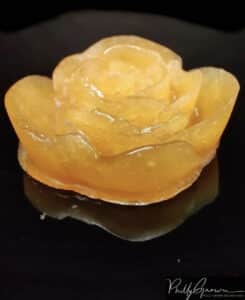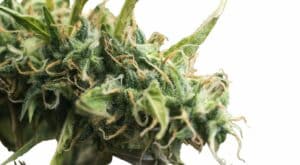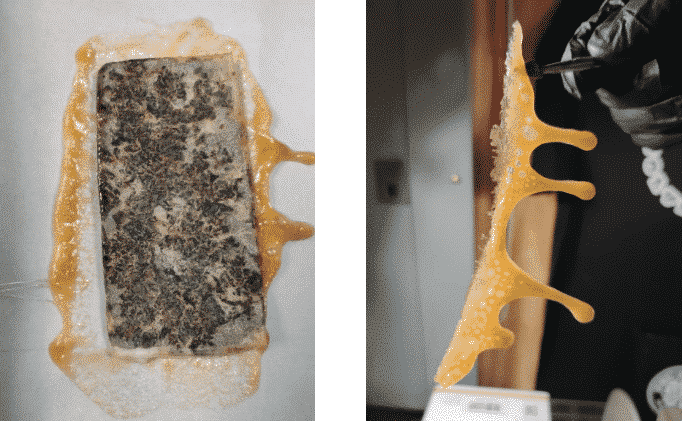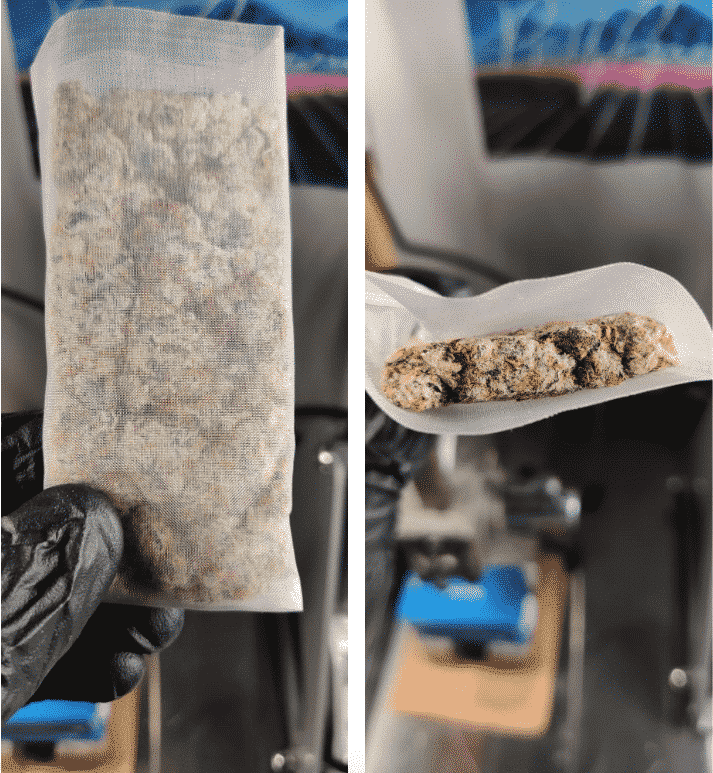
There is a cannabis-craze sweeping through the United States. States are legalizing marijuana and new products are coming onto the market every day. Federally, hemp was legalized in 2018 via the Farm Bill. The difference between hemp and marijuana is the level of Delta-9 THC in the plant. Delta-9 THC is just one of over 100 cannabinoids that make up the cannabis plant, but it is the most well-known. Delta-9 THC is the cannabinoid responsible for the feeling of being “high”. Marijuana is loaded with Delta-9 THC, up to 35%! Hemp, on the other hand, legally must contain less than 0.3% Delta-9 THC. This means that hemp and products made from hemp will not get you high.
Instead, hemp is loaded with another cannabinoid, CBD. Cannabidiol (CBD) has been shown to potentially produce many of the same benefits that marijuana users enjoy. This includes pain management, anti-inflammation, anti-anxiety, stress reduction, digestive help, sleep aid, and more.
All of this, without any of the high.
The CBD in hemp flower can be extracted and used to make concentrated products like edibles, tinctures, and dabs. There are a seemingly infinite number of ways to enjoy CBD. Dabbing has become a popular product on the market for its high potency. While hemp flower may contain up to around 25% CBD, dabs can reach up to 90%! These dabs can be made in a number of ways. In many instances, butane or another solvent is passed through the buds to strip the cannabinoids. The solvent is then evaporated leaving only the pure cannabinoids.
The use of solvents to extract cannabinoids is not the most pure method in many users’ eyes. Solventless extracts have become quite popular recently. We call this “Rosin”. Rosin is made by applying heat and pressure to cannabis in order to “squish” out the concentrated cannabinoids. It is safer to make than dabs that require flammable solvents, the equipment to make it is significantly cheaper, and you can do it yourself in the comfortability of your own home! In this article, we are going to discuss the best way to press CBD flower rosin from hemp.
How to Press the Best CBD Flower Rosin
To press flower rosin, hemp flower is broken down and packed into a rosin bag. Rosin bags are made of fine nylon mesh. The goal of the rosin bag is to hold plant material inside while allowing cannabinoids and terpenes (flavor) to pass through the small spaces in the mesh when being pressed on a rosin press. A rosin press is a piece of equipment with two heated plates that press together. Pressing rosin is a straight-forward task, but the little things can make a big difference. It will take some practice to really dial in the techniques that work best for you. Let’s dive in.
Pro Tip: Start with a small amount of flower and run a “test press”. This way, if anything goes wrong, you will not have wasted much material.
Necessary Equipment
You are going to need a few things to make high-quality CBD flower rosin. This includes the actual hemp flower, rosin bags, parchment paper, a rosin press, a dab tool, and a sealable glass container. We will discuss the specifics of each in this guide.
- Hemp Flower
- Rosin Bags
- Parchment Paper
- Rosin Press
- Dab Tool
- Sealable Glass Container
CBD Flower

You also want to hydrate flower before pressing. During the process of pressing rosin, if the buds are dried out, the heat may burn away valuable cannabinoids or terpenes. You want to aim for about 62-72% relative humidity (RH). You can use humidity packs to achieve these levels of RH. Once you have your buds chosen, they need to be broken down to pack the rosin bag. DO NOT GRIND THE BUDS. You simply want to remove any stems and leave the buds in small to medium sizes.
Rosin Bags

With your flower prepped, it is time to pick a suitable rosin bag and pack it. There are several rosin bag brands out there, but we prefer Gutenberg’s Dank Pressing Co. Their bags are double-stitched for added durability so they won’t break (blowout) during a press. You can use the code “maryjane15” for 15% off your order from Gutenberg’s Dank Pressing Co.
Rosin bags come in a variety of mesh sizes. The spaces between the mesh are measured in microns (µ) and usually range from 15µ to 220µ. The larger the micron, the more space in the mesh, the more material can pass through. This means higher yields, but it may also mean less clean rosin. For flower rosin, we suggest using a micron bag between 90µ and 220µ.
The size (dimensions) of the rosin bag you use is based on how much material you are pressing and how large your rosin press plates are. For example, a 2×4 inch bag can fit up to about 7 grams of flower and a 4×7 inch bag up to about 25 grams. You never want to use a rosin bag that is larger than your rosin press plates.
To pack the rosin bag, make sure the seams are facing inward. Gutenberg rosin bags come this way. Next, begin to form a base of flower at the bottom of the inside of the rosin bag. Be careful to avoid any air pockets. Keep building up the flower inside the bag. You want to leave at least a 0.5 inch space at the top. This will be used to fold over and “seal” the bag. Some people prefer to use a pre press mold to form their flower into a tight brick before putting it in the rosin bag.
Pressing Bottle Tech Style (BTS) is another method of producing flower rosin that has gained a lot of support. Using this technique allows the presser to maintain a more even pressure. Some say it produces higher yields as well. When packing a rosin bag BTS, the only difference is that before you pack the bag, poke the corners of the bottom of the bag inward. Then proceed as you normally would.
Prepare the Rosin Press

The plates of the rosin press need to be lined with parchment paper to “catch” the rosin that squishes out of the bags. It can be helpful to use a magnet to hold the parchment paper in place. We suggest that the parchment overlaps the plates by a few inches (more if you are pressing a large quantity).
Place your rosin bag(s) flat onto the press plates towards the center. You want enough room for the bag to expand when being pressed so that it does not expand over the limits of the press plates. If you are pressing BTS, place the bag vertically on the press plates so that the bottom with the corners poked in is sitting upright on the plates (pictured above).
Set a Temperature
When pressing CBD flower rosin, we suggest using a temperature between 160℉ and 200℉. Lower temperatures may yield less than higher temperatures. On the other side of the coin, lower temperatures may produce tastier rosin because more terpenes are retained. Consistency wise, higher temperatures may yield saucier rosin or, if on the press for longer, shatter-like rosin. Lower temperatures may yield a more budder-like consistency. It will take some time and practice for you to find what temperature works best for you. Remember, not every strain or even every bud will press the same.
Apply Pressure
To begin, we suggest applying just enough pressure to hold the rosin bags in place. The heated plates will begin to warm the hemp in the rosin bag and better prepare it to be squished. About 30-60 seconds should do the trick. For the remainder of the press, you want to steadily and evenly increase pressure. DO NOT apply pressure then let it sit then apply pressure again and repeat. This can lead to clogs in the mesh, burnt terpenes, and underused cannabinoids. The amount of pressure you apply is a personal choice. Many do not even use pressure gauges and rather press by feel. Again, this is going to take some practice.
How long you leave your rosin bag on the press is up to you. For flower rosin, a press generally lasts about 90 second to 4 minutes. The more material you have, the longer you will probably need to press.
Cure it
When you are done with the press, it is best to immediately collect the rosin from the parchment paper using a dab tool or non-stick glove. If the rosin is a bit runny and hard to collect, you can cool it on a cold plate or in the refrigerator. This may be able to help stabilize the rosin and make collection a bit easier. Once collected, place the rosin in an airtight, sealable, glass container.
Now we are at the “curing” stage. This is an entirely optional step and some prefer to enjoy fresh press rosin. Curing refers to the introduction of light, time, oxygen, temperature differences, and agitation to change rosin’s consistency and cannabinoid/terpene content. We suggest using an airtight jar because oxygen can degrade desirable terpenes and alter the flavor of your rosin. It is also best to store rosin in a dark place, away from direct sunlight.

During a cure it is not uncommon to begin to see terpenes separate from the cannabinoids and form “puddles” or even their own layer. Once this happens, many choose to “whip it” back together to homogenize the mixture so that each dab has the same terpenes and cannabinoids.


